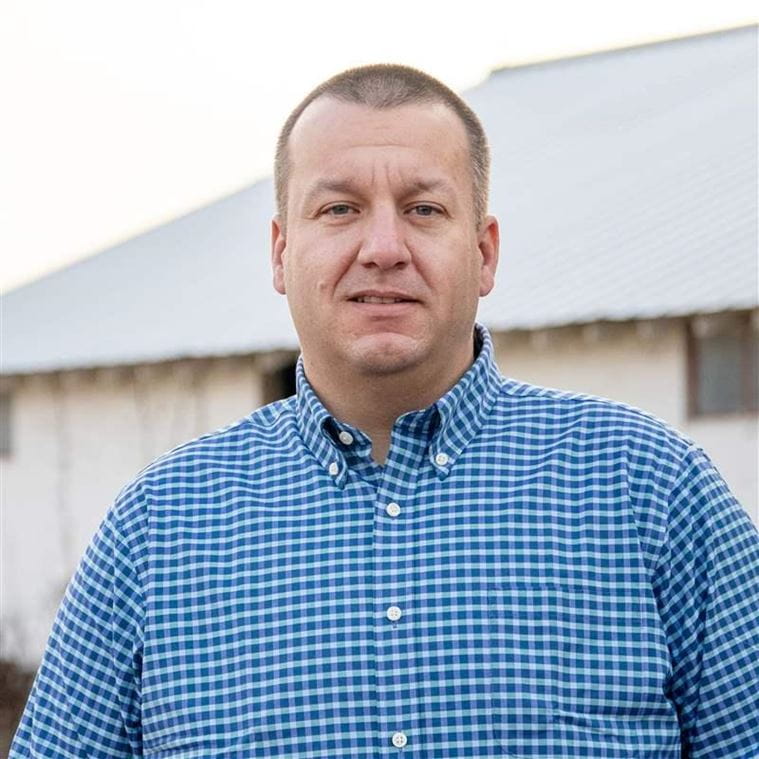Prioritizing Fire Protection and Life Safety
Jarron Gass, PE, CFPS, fire protection engineer, has seen fire protection protocols change during his 20 years in the business. A life safety professional who has spent his career designing, implementing and troubleshooting fire protection systems, he excels in analyzing customer needs and evaluating fire and life safety code requirements. Jarron’s job is to advocate for the client, in many cases a building owner, in their jurisdiction, but also to lobby for the appropriate amount of safety both for their budget and the structure(s) they’re responsible for.
To ensure that we at CDM Smith are holding ourselves to the highest and safest standard—and advising our clients and partners to do the same—Jarron and his team are currently developing a new set of fire safety standards for building owners/managers, which include updates to both fire alarms and sprinklers, to maintain the most consistent and safe environments possible.
We sat down with Jarron to discuss the standards of fire engineering, the need-to-know facts and how the COVID-19 pandemic has influenced priorities.
What is the overall goal when working with clients as a fire protection discipline leader? It’s my job to find the best balance of spend and safety. We want building owners and managers to spend the right amount of money on fire protection and life safety because if things go wrong, it could be catastrophic. Sometimes, what we’re proposing may not be required, but in that situation, it could be highly valuable for the safety of the structure and the people in it. We want to implement the safety measures that are most appropriate for each unique structure.
What do facility owners need to know about fire protection? I have a biased opinion on this because I advocate an appropriate level of safety to customers. I could advocate to a client everything they should do from a fire safety standpoint, going above and beyond the minimum amount of required protection, but that isn’t always the appropriate solution. However, the established codes are telling us the minimum level of acceptable safety: you must do at least this much. But nothing is stopping you from doing more! We’re advocating for our customers to maintain their unique level of protection somewhere in the middle.
So, like most things, fire safety precautions will vary for every situation? There’s a baseline you can work from, but then you have to start addressing site-specific issues along the way. For example, you know you need a restroom in a building, but it might be smarter to have two. In my field, it’s a similar situation. We know fire protection is necessary, and we customize that to the client’s needs.
How has the COVID-19 pandemic affected how facilities view fire protection? At the beginning of the quarantine order, we were seeing many fire protection officials stressing the importance of protocol upkeep, regardless of the pandemic. With the workforce shifting to remote work, priorities have also shifted. With many people working from home now, apartments might be prioritized above an empty office building and as things have re-opened that priority will likely change again. Fire protection and life safety is a combined topic—you can defer maintenance if you have a lightbulb out, and you can’t do that regarding fire safety.
What would you determine as the most important piece of fire safety guidance? Fire safety is not the area to cut corners, which can be a challenge. Building owners know they need lights and toilets, but a fire system isn’t providing anything tangible…until they need it. Similar to insurance, you don’t like paying for it, but you’re thankful to have it when you need it.

We know fire protection is necessary, and we customize that to the client’s needs.



